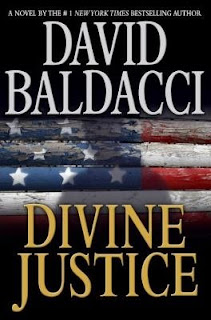 I’ve got a three-year-old granddaughter living with me. That can raise the occasional (or frequent) challenge. My wife’s school (she’s a teacher) has been offering “Love and Logic” training to their parents this year. She thought the program looked interesting. So we ordered some of the materials from the Love and Logic Institute. I’ve watched the first DVD, and just completed reading Love and Logic Magic® for Early Childhood by Jim Fay and Charles Fay.
I’ve got a three-year-old granddaughter living with me. That can raise the occasional (or frequent) challenge. My wife’s school (she’s a teacher) has been offering “Love and Logic” training to their parents this year. She thought the program looked interesting. So we ordered some of the materials from the Love and Logic Institute. I’ve watched the first DVD, and just completed reading Love and Logic Magic® for Early Childhood by Jim Fay and Charles Fay.I am by no means an expert from having read the book – would that it were so. But the Fay’s actually expect me to change things in how I respond to my granddaughter before I can expect any improvements. The book is short and simple, with a great deal of repetition. The Fay’s make their points with great clarity.
The “Love and Logic” program described in the book offers four principles in dealing with children:
• Build the self-concept.
• Share the control or decision-making.
• Offer empathy, then consequences.
• Share the thinking and problem-solving.
They also offer two rules:
1. Take care of yourself by setting limits in a loving way.
2. Turn every mistake or misbehavior into a learning opportunity.
As you can imagine, the book elaborates on these principles and rules far more than I will. A very simplistic shorthand is that we should empathize with our children for the consequences that are about to befall them, and that we should never let them see us angry or frustrated. They give countless examples of their recommendations working. They also give countless dire examples of the failures of people who fail to follow their advice.
The subtitle of this book is Practical Parenting from Birth to Six Years. The promise is that if we follow their advice, we will have loving, responsible, respectful teenagers. What a goal! The threat is that if we take the wrong path at this age, we will live with monsters as teenagers. Although I assume my granddaughter will go home before becoming a teenager, I don’t want to send back a monster.
I started the book three days ago, so I’ve barely dabbled in putting it into practice. I’ve been giving my granddaughter lots more choices. This morning she got to pick which jogging suit to wear. Tonight she got to choose her water glass. She’s had lots of choices like putting on shirt or pants first, or doing it herself or having me help. I’ve given her a lot of hugs and empathy before consequences drop. And I hope to get better after my wife finishes the book and explains things to me more.
Overall I’m pleased with Love and Logic Magic® for Early Childhood. In limited application, I think my granddaughter is responding well to its lessons.


























